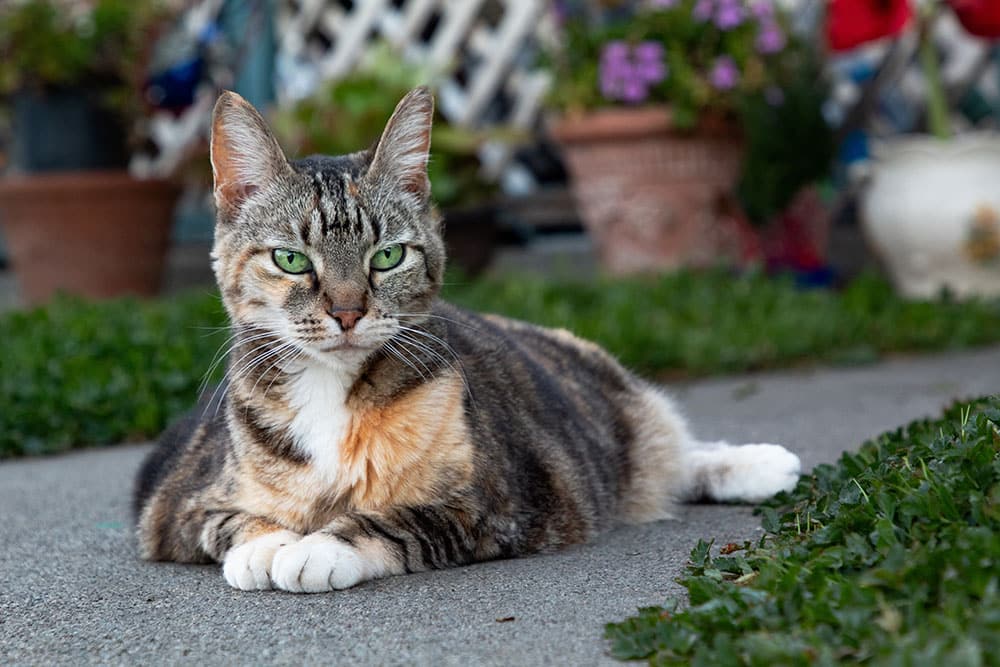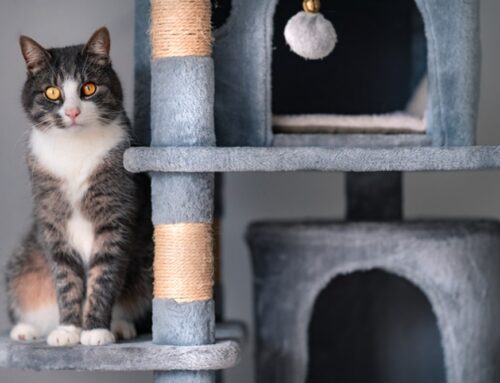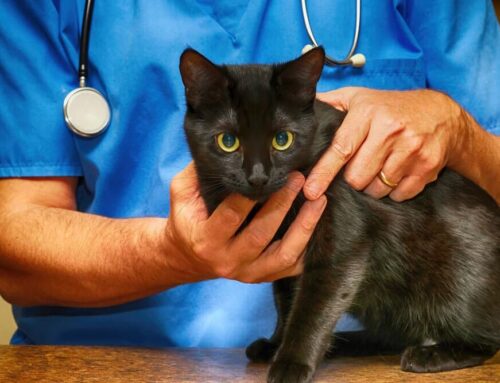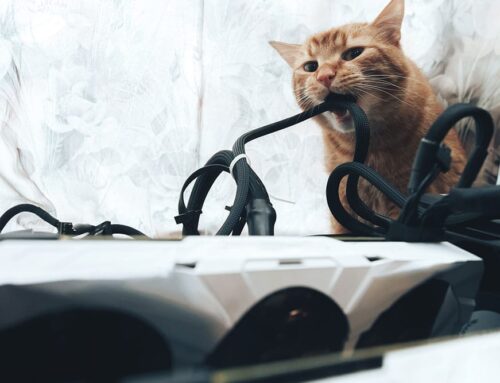Spending Smart: How Preventive Care Saves Cat Owners Money and Heartache
It’s easy to postpone a checkup when your cat looks perfectly healthy. But what you don’t see can become expensive later. Preventive care- vaccinations, parasite control, lab testing, and nutrition- doesn’t just protect your cat’s health. It protects your wallet. Detecting illness early or preventing it altogether can save thousands of dollars compared to the cost of emergency treatment, hospitalization, or lifelong medication.
At Just Cats Clinic, our feline-only, AAHA-accredited practice provides preventive care designed exclusively for cats. Our team helps you avoid the stress and cost of crisis care by focusing on early detection, wellness, and comfort. Through tailored preventive exams and care, we make it easy to keep your cat healthy- and help you spend smarter on their lifelong well-being.
Why Preventive Care Is the Smartest Investment You Can Make
Cats are experts at hiding illness. By the time they act sick, disease may already be advanced- and expensive to treat. Preventive care shifts your investment from reacting to illness to avoiding it altogether. A single preventive visit each year costs far less than treating a chronic or emergency condition later.
Routine wellness exams help veterinarians detect subtle changes in weight, heart function, or behavior that might signal disease. Annual bloodwork screens for common but costly conditions such as kidney disease, diabetes, and hyperthyroidism. When caught early, these diseases can often be managed with simple diet changes or inexpensive medication- long before they require hospitalization, IV fluids, or lifelong therapy. Senior cats especially benefit from twice-yearly screenings that catch disease early, when treatment is most effective and affordable.
Vaccinations prevent deadly viruses like panleukopenia, calicivirus, and rhinotracheitis. Treating these infections often requires several days of intensive care, which can cost thousands of dollars- far more than the price of preventive vaccines. Similarly, parasite prevention protects against anemia, intestinal damage, and blood-borne disease from fleas, ticks, and worms- conditions that can cause chronic health issues and high medical bills.
For dental health, regular cleanings and daily brushing with VOHC-approved dental products prevent periodontal disease, which can lead to painful infections, tooth loss, and systemic illness. Advanced dental disease treatment can easily exceed $1,000, while prevention costs only a fraction of that.
Routine care isn’t an expense- it’s a safeguard. The essential tips for new cat owners emphasize establishing these preventive habits early to save both money and heartache throughout your cat’s life.
Preventing Expensive Accidents and Illnesses at Home
Environmental hazards account for many preventable emergencies. Accidental poisonings, injuries, and stress-related conditions can lead to urgent care visits that quickly exceed $1,000. Pet-proofing your home reduces these risks while promoting safety and peace of mind.
Creating a Safe Space
Pet-proofing your home starts with eliminating hazards before they cause harm. Keep medications, cleaners, and chemicals in closed cabinets. Use cord protectors to prevent chewing, and install secure screens on open windows. Items like thread, ribbon, or string can cause intestinal blockages that often require emergency surgery.
Many common houseplants are toxic to cats. Even small exposures can cause severe or fatal illness. Lilies, for example, can lead to kidney failure, while sago palms damage the liver. Reviewing the list of toxic and non-toxic plants helps you choose décor that’s beautiful and safe.
Reducing Stress-Related Illnesses
Cats thrive in secure, enriched environments. Stress contributes to serious- and expensive- conditions like urinary blockages and lower urinary tract disease. Proper environments for indoor cats include climbing structures, hiding spots, and consistent routines that reduce anxiety and prevent destructive behaviors.
Environmental stress has a direct link to severe health problems, including bladder inflammation and urethral obstruction. Preventing stress and providing clean litter boxes, hydration, and environmental enrichment is far less costly than an emergency catheterization or hospitalization for urinary blockage.
Nutrition: Preventing Costly Diseases
Obesity is one of the most common and expensive health problems in cats. It increases the risk of diabetes, arthritis, and liver disease- all chronic conditions that can require lifelong management. Treating diabetes, for example, may involve twice-daily insulin injections and routine blood testing, costing thousands per year. Prevention, on the other hand, costs pennies a day.
Feeding for Health, Not Just Hunger
Choosing the right food for your cat means selecting diets that meet their unique nutritional needs as obligate carnivores. High-quality, animal-based protein and limited carbohydrates support lean muscle and metabolic balance.
Portion control and measured meals prevent overfeeding far better than free-feeding dry kibble. Preventing obesity not only improves your cat’s comfort but also saves you from future costs tied to conditions like feline diabetes, arthritis, and hepatic lipidosis. In addition, wet food helps increase hydration and supports kidney health- particularly important for older cats at risk of chronic kidney disease, one of the most common and costly conditions in senior felines.
Adapting Care as Your Cat Ages
Each stage of your cat’s life brings new health priorities- and new opportunities to prevent costly disease.
From Kitten to Senior
Early life care includes vaccination series, parasite prevention, and spay/neuter surgery, forming the foundation for lifelong wellness. A simple spay procedure nearly eliminates the risk of pyometra (uterine infection) and dramatically reduces the chance of mammary cancer, which is almost always malignant and aggressive.
Understanding your cat’s life stages helps ensure their care evolves with their needs. Preventive testing for senior pets helps identify these diseases in their earliest stages, when treatment is most effective and least costly. As cats age, their internal organs face new challenges. Two of the most common and costly conditions in senior cats are chronic kidney disease (CKD) and hyperthyroidism. Both develop gradually, often without noticeable symptoms until the disease has advanced- and treatment becomes much more intensive and expensive.
Chronic kidney disease affects the kidneys’ ability to filter waste and balance fluids. Early stages may cause only subtle signs- slight weight loss or increased thirst- but as the disease progresses, cats can become severely dehydrated, anemic, or nauseous. Emergency treatment for late-stage CKD often involves hospitalization, intravenous fluids, and ongoing medication. However, early detection through routine bloodwork and urinalysis allows for affordable management with prescription diets and hydration support, keeping cats comfortable for years while avoiding crisis-level costs.
Hyperthyroidism is another common senior cat condition, caused by an overactive thyroid gland. It can lead to weight loss despite a strong appetite, hyperactivity, vomiting, and heart strain. Left untreated, hyperthyroidism can cause life-threatening hypertension and heart failure, requiring costly emergency care. When caught early through preventive bloodwork, the condition can be managed with inexpensive medication, dietary therapy, or a one-time curative radioactive iodine treatment- far less expensive than emergency cardiac care.
When urgent conditions do arise, our urgent cat care services provide immediate stabilization during business hours, and our emergency partners ensure your cat receives advanced treatment after hours.
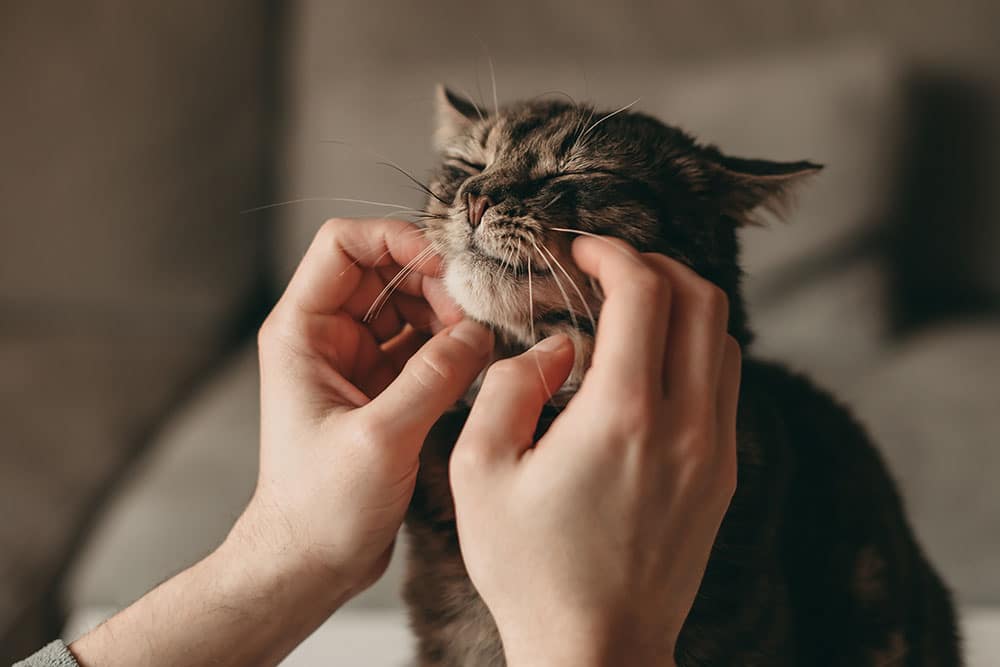
Making Pet Insurance Part of Prevention
Even the best preventive care can’t prevent every accident or illness. Pet insurance helps offset unexpected costs by reimbursing a percentage of covered expenses.
Comprehensive accident-and-illness plans include diagnostic testing, hospitalization, surgery, and medication. Some add wellness coverage for vaccines and preventive exams- allowing you to budget predictable monthly premiums instead of facing surprise bills. Chronic condition coverage is particularly valuable for cats, who often develop long-term diseases that require ongoing management.
Enrolling in pet insurance while your cat is young ensures the best coverage and avoids exclusions for pre-existing conditions. Compare waiting periods, annual limits, and reimbursement percentages to find a plan that fits your financial comfort level.
The Long-Term Value of Prevention
Preventive care is not just about saving lives- it’s about spending wisely. The cost of an annual exam, vaccines, and lab work is minimal compared to emergency surgery, hospitalization, or the lifetime management of chronic disease.
At Just Cats Clinic, our team of feline-focused professionals provides advanced, compassionate care in a calm, stress-free environment. As a Fear Free Ambassador practice, we make every visit comfortable for your cat while prioritizing early detection and prevention.
The investment you make in prevention today pays off for years to come- in your cat’s health, comfort, and longevity, and in your peace of mind. Schedule your preventive exam today and discover how small steps now can save you from major expenses and heartache later.


